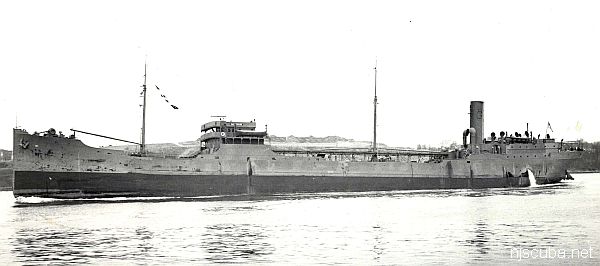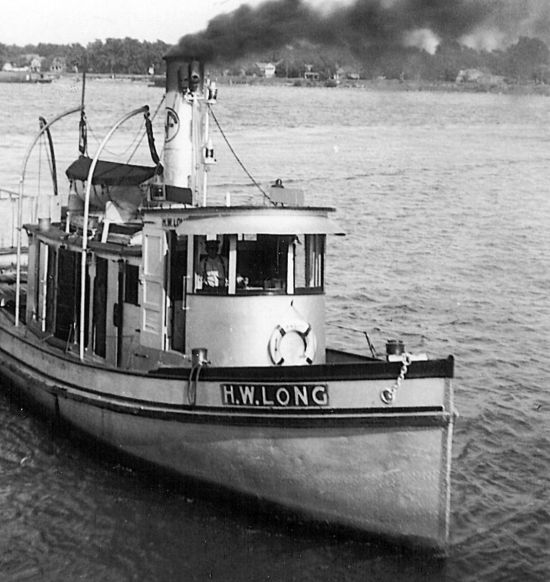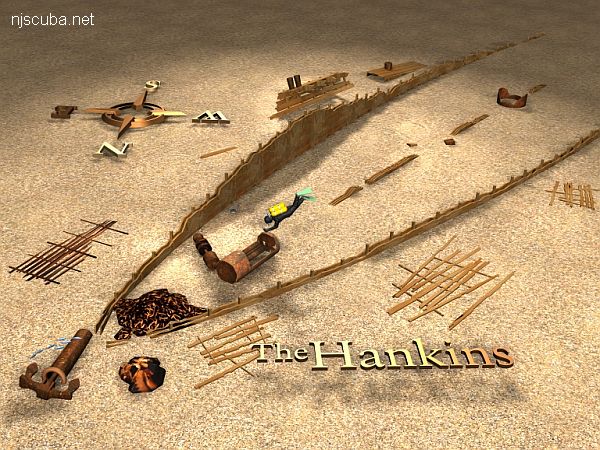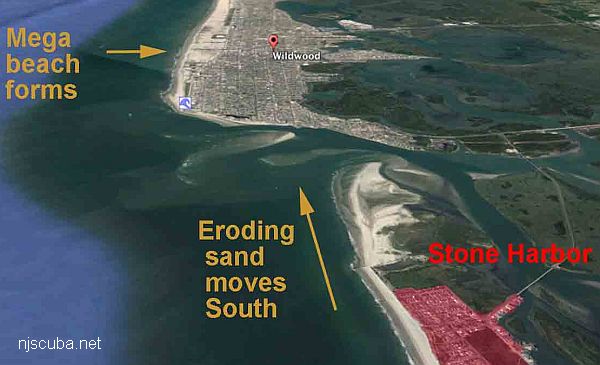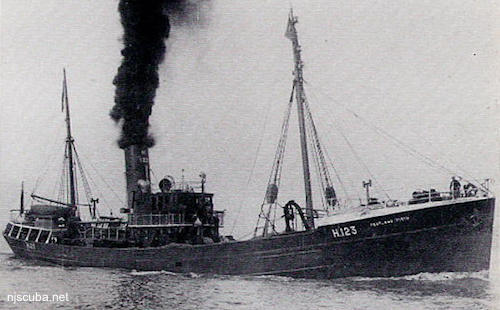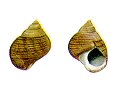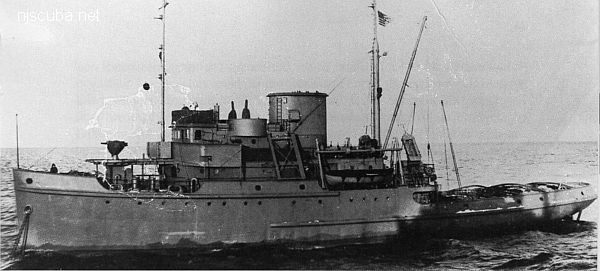
- Type:
- shipwreck, tugboat, U.S. War Shipping Administration (Navy)
- Name:
- All the ships of this class were named for lighthouses in the U.S., except for the Great Isaac, which is in the Bahamas.
- Built:
- 1944, General Ship, Boston MA USA
- Specs:
- ( 185 x 37 ft ) 1117 gross tons, 27 crew
- Sunk:
- Wednesday April 16, 1947
collision with Norwegian freighter Bandeirante - no casualties - Depth:
- 90 ft
More: Great Isaac ...

